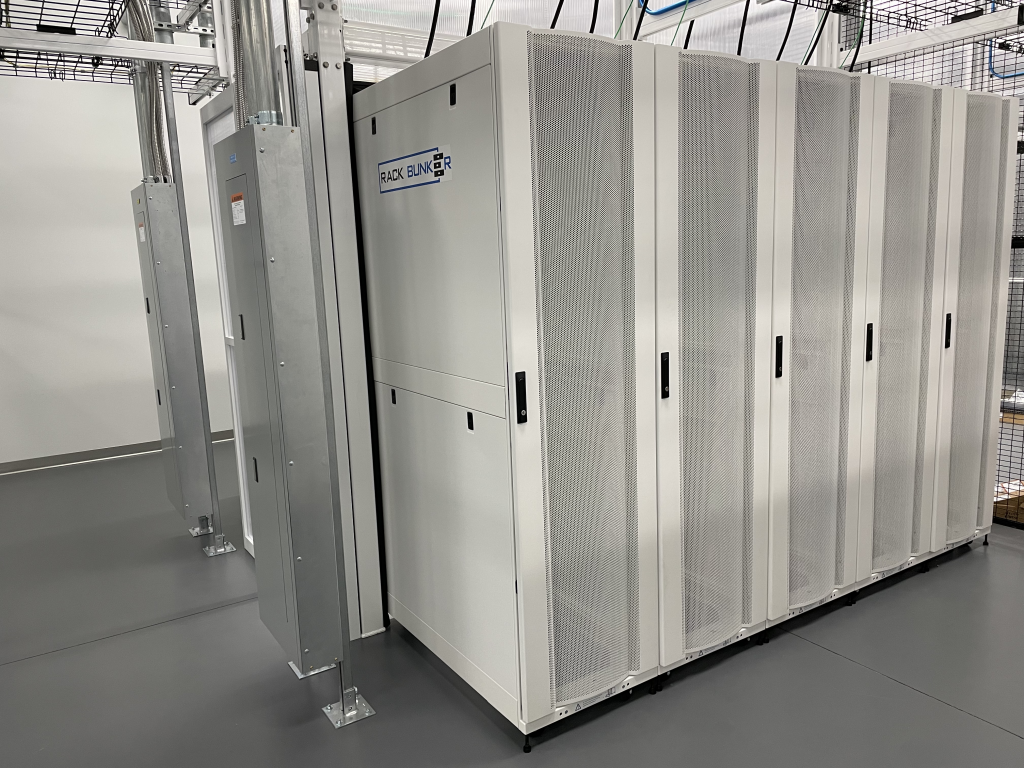FAQ
Frequently Asked Questions

If you are thinking of utilizing a data center or colocation facility for your next project, its important to understand what you are getting into. To assist, we have prepared this list of frequently asked questions. If you have more specific questions, click the link below to reach one of our experts.
A data facility is a physical location that centralizes data storage for applications and provides shared access to it over a network. A data centers infrastructure consists of secure physical access, power, storage and networking.
Colocation is the taking of your privately owned computing gear (servers, firewalls, switches, SAN, etc) and placing it in a third party data center. Essentially you are locating your equipment somewhere else other than where you are located.
A data center rack is a structure that allows, in the case of a data center, the storage of servers, switches, firewalls and other data center related equipment.
A colocation rack is a structure that allows, in the case of a data center, the storage of servers, switches, firewalls and other related equipment. With colocation, it usually has a locked door to keep other customers from gaining access to your equipment.
The cloud represents server compute and storage on equipment that is accessed over the Internet. In its common reference, public cloud is referred to the compute and storage on equipment you do not own.
Data Centers are classified by how long their critical systems can stay online in a given year. This is important to businesses as in most cases downtime can be detrimental.
There are 4 common data center types:
- Tier I data centers are basic and have only one single source for power. We often refer to this as the “small business office” data center. There is a lot of downtime possible in this data center type as compared to the other Tiers. Expected uptime is 99.671% (28.8 hours (1729 minutes) of downtime annually).
- Tier II data centers offer an improvement over Tier I data centers by offering a level of redundancy in the form of uninterrupted power supplies (UPS) and other systems. Expected uptime is 99.741% (22 hours (1361 minutes) of downtime annually).
- Tier III data centers, unlike the previous 2 Tiers, have multiple sources of power coming into the facility. Each critical component for power and cooling has a backup. Due to this, Tier III facilities offer a highly reduced rate of downtime. Expected uptime is 99.982% (1.6 hours (95 minutes) of downtime annually).
- Tier IV data centers are considered fully redundant on all major components and do not have a single source of failure. Expected uptime is 99.995% (26 minutes) of downtime annually).
Rack Bunker Data Centers operates in either owned or leased data center facilities rated at Tier III at a minimum.
“Remote Hands” refers to the handling of technical physical tasks on behalf of customers. This can include placing your colocation equipment within racks, cabling, and power cycling equipment (amongst other tasks).
“Smart Hands” refers to the handling of technical tasks on behalf of customers that are more complex than remote hands task. These tasks can include setting up and configuring firewalls and switches, software installation and configuration, equipment testing and other such tasks.
A data center cage allows for an additional level of security within a data center facility. Since most data center floors allow multiple customers access to racks, a data center cage allows for one customer to operate within a literal caged area that is locked/secured. The customers’ racks are then placed inside of the cage.
A colocation rack is a standard data center rack located in a colocated data center.
Managed colocation is a combination of Remote Hands and Colocation. With this service, a business ships their equipment to a colocation facility and the facility places the equipment inside of the rack and cables the equipment.
Private cloud is a cloud architecture where all resources hardware and software resources are dedicated to one customer. This cloud type is sometimes referred to as an internal cloud, corporate cloud, or organization cloud.
Public cloud is a cloud architecture where all resources hardware and software resources are shared by multiple customers. This could mean that a physical server may have more than one customers using it at any given time.
Hybrid cloud is a cloud architecture that combines public clouds, private clouds, and possibly on-premises equipment as a single infrastructure.
At Rack Bunker, we can assist your organizations with all three cloud types.